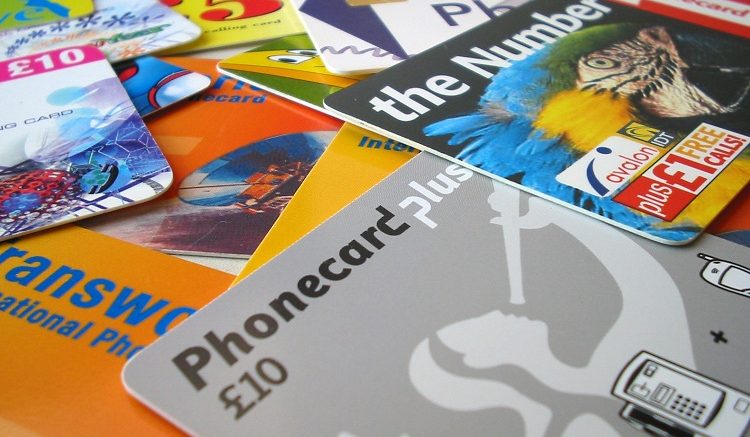If you’re looking to make cheap international phone calls whether to stay in touch with family overseas or when travelling one of my favourite go-to methods is using phone cards (also known as calling cards), mainly because not everyone has a reliable internet connection for app-to-app calling but almost everyone has a phone line.
In this article you’ll learn what a phone card is, how to use one, and how to buy one without being ripped off.
What is an international phone card?
A phone card allows you to call another person using copper phone lines making them fairly reliable.
They don’t require any sim cards and can be used on fixed lines, mobiles phones, Skype, pay phones in fact anything that can call a local phone number will likely work.
They require only a local access number and PIN number to work which makes them a lifesaver especially if you or the person you want to call do not have internet access.
How to use a calling card in 3 steps:
Step 1: Call a local access number
A local access number is a traditional phone number located in your current city which connects you to the phone card provider’s system. This local access number will be found in the email that is sent to you after you purchase your phone card or if you bought a physical card from a newsagent it will be written on the card.
Step 2: Key in your PIN number
Every phone card has a unique identifier which tells the system how much credit you have on your card and is typically around 10 digits. The automated voice system will ask you to enter this on your keypad.
Step 3: Dial the destination number
The final step involves dialing the overseas number of the person you wish to speak to.
When calling overseas be sure to enter in the exit code (in the U.S. it’s 011), country code, area code and then the personal number.
If I were to call someone in Australia I would dial 001161288888888
For example: [011 = exit code] + [61 = country code] + [2 = area code] + [88888888 = personal number]
3 Tips When Buying An International Phone Card
Tip #1: Check for hidden fees
A lot of calling cards (especially ones bought from newsagents) will come with additional costs.
So read the back of the phone card or if you’re purchasing a calling card online read the terms and FAQ’s believe this has saved me a lot of headaches in the past.
Terms you want to look out for are:
Maintenance fee: this means that your calling card will get charged additional fees every week or month regardless of whether you’re using it or not. These fees are automatically deducted from your phone card.
Termination fee: this is a small fee that is deducted from your card once you finish your call.
Connection fee: this is a small fee that is charged once the call has successfully connected.
Carrier & surcharge fees: these are extra service fees to maintain the carrier and service.
Toll number surcharge: sometimes there won’t be a local access number in your city or town in which case a toll number will be offered this is normal but you’ll want to check to see what the charge is for using it as it is charged per minute.
Payphone Surcharge: calling from a payphone will typically incur additional charges so you’ll want to be aware of the additional costs here.
Tip #2: Call their customer service before you buy
The reason you want to call the customer service line is to see how responsive they are. If something goes wrong with your card (overcharges, bad quality line, unable to connect etc.) believe when I say this, you’re going to want to make sure they answer their phones!
If you’re purchasing a calling card online then call up their customer service and ask them a few questions like:
- Are that their calling cards rechargeable?
- What’s the expiration date?
- If my card expires do I lose all of my money?
- What hidden fees are there?
- Is there a local access number for my city or town?
- What is the best card for making calls to the countries you wish to call?
- What is the cost of calling to mobiles vs landlines?
- Can I use this card on my mobile phone or landline?
- How long will it take before I can use my card?
By asking all of these questions you’ll have all of the information you need to avoid being ripped off.
Tip #3: Ask how many carrier line providers they use
This is an industry insider tip that I learned while calling around service providers.
International calling card services use what is called “carrier line providers” these are companies that the card company uses to connect your calls.
Most call companies only use one or two carrier line providers which is a real problem because if you can’t get connected it can take weeks for them to fix your line.
The more carrier line providers they have the faster they can fix any connection ideally you’d want a service provider with more than 10 carrier lines to be confident they can resolve any connection headaches should they arise.



Be the first to comment on "How To Make Cheap International Calls With Phone Cards"